Stainless Steel Tile Drain systems are widely used in both commercial and residential applications to provide efficient surface and subsurface water management. These drainage systems are valued for their durability, corrosion resistance, and ability to maintain consistent water flow. Ensuring high drainage efficiency is critical to prevent water accumulation, surface flooding, or structural damage. Achieving suitable performance involves careful attention to design, installation, and maintenance practices.
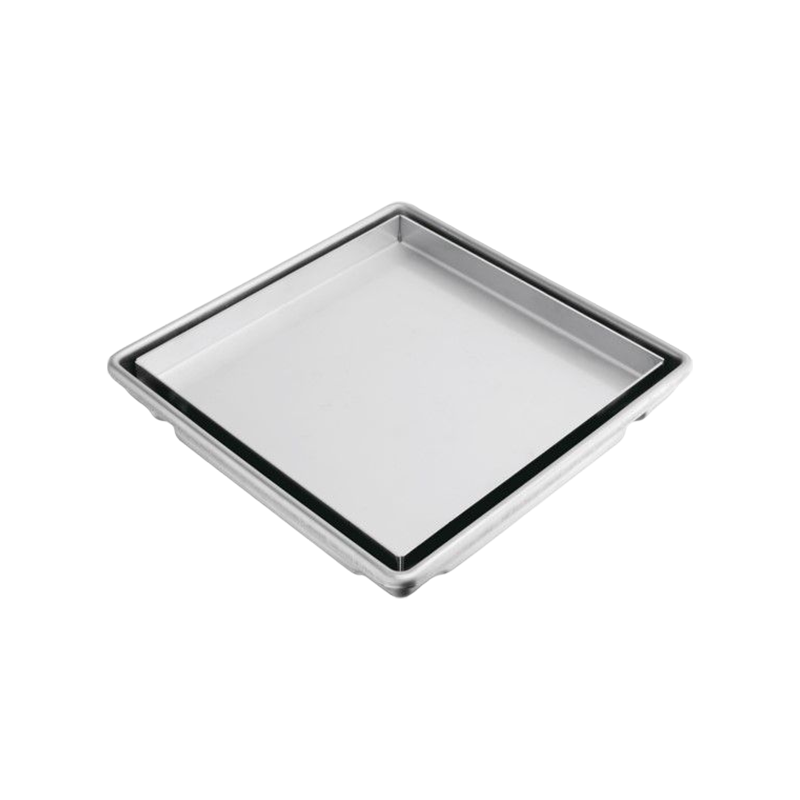
Material Properties and Design Considerations
- Stainless steel provides good corrosion resistance and structural strength, ensuring that drains maintain their shape and do not deform under water pressure or environmental stress.
- The surface finish and perforation pattern of the drain significantly influence water flow. Fine slotted or grated surfaces allow rapid water entry while preventing debris clogging.
- Proper sizing and cross-sectional area of the drain must match expected water flow rates to avoid overflow or slow drainage.
Slope and Gradient Optimization
- Correct installation slope ensures that water moves efficiently through the drainage channel toward the outlet.
- A slope of 0.5% to 1% is often recommended, though steeper gradients may be required in areas with high rainfall or rapid runoff.
- Even minor deviations in slope can cause water pooling, reducing overall drainage efficiency.
Perforation and Grate Design
- The pattern, size, and distribution of perforations in Stainless Steel Tile Drains determine how quickly water can enter the system.
- Larger slots increase water intake but may allow sediment and debris to enter, while smaller slots reduce clogging risk but may slow drainage under heavy flow.
- Great designs that combine structural strength with a suitable slot layout improve both safety and water conveyance.
Installation Practices for Efficiency
- Ensuring proper alignment and leveling during installation is crucial to prevent flow disruptions.
- Drains should be securely fixed to prevent movement or sagging, which can compromise water flow.
- Connecting multiple drain sections must maintain a continuous slope and alignment to avoid bottlenecks.
- Incorporating outlet connections and discharge points at proper locations ensures efficient water removal from the system.
Maintenance and Debris Management
- Regular inspection and cleaning are essential to maintain drainage efficiency.
- Removing leaves, dirt, and other debris prevents clogging that can impede water flow.
- Periodic flushing with water can help clear minor sediment accumulation in the perforations.
- Maintenance schedules should be adjusted based on seasonal variations and local environmental conditions.
Environmental and Load Considerations
- Stainless Steel Tile Drains must withstand both hydraulic and physical loads, such as foot traffic or vehicular weight, depending on installation location.
- Heavy rainfall events require drains that can handle peak flow without overflow or damage.
- Drain design must consider soil type, surrounding surface materials, and potential erosion to maintain long-term efficiency.
Achieving Reliable Drainage Performance
The drainage efficiency of Stainless Steel Tile Drain systems depends on a combination of material selection, design optimization, proper installation, and regular maintenance. By ensuring correct slope, perforation pattern, and secure installation, these systems can handle the expected water flow efficiently, even under high rainfall conditions. Routine maintenance and debris management further sustain performance, preventing blockages and water accumulation. Through careful planning and quality control, Stainless Steel Tile Drains provide long-lasting, effective water management solutions for a wide range of environments.


 عربى
عربى
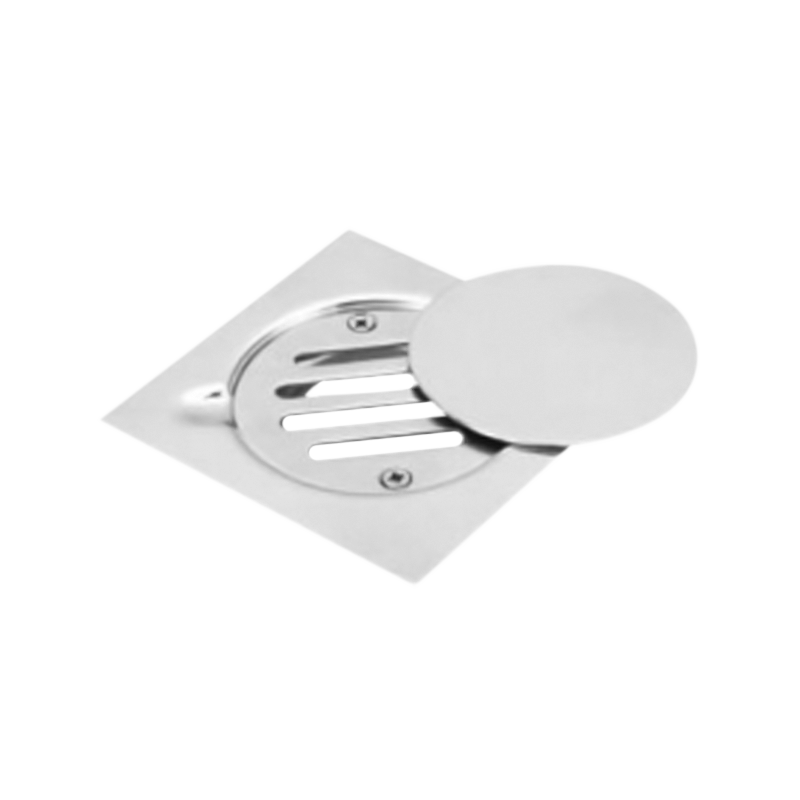
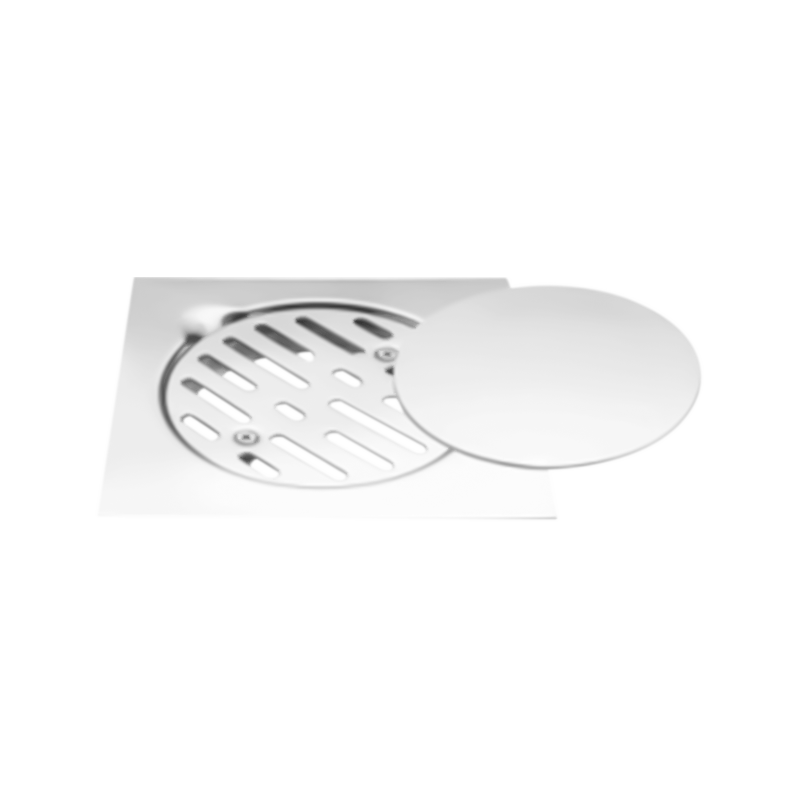
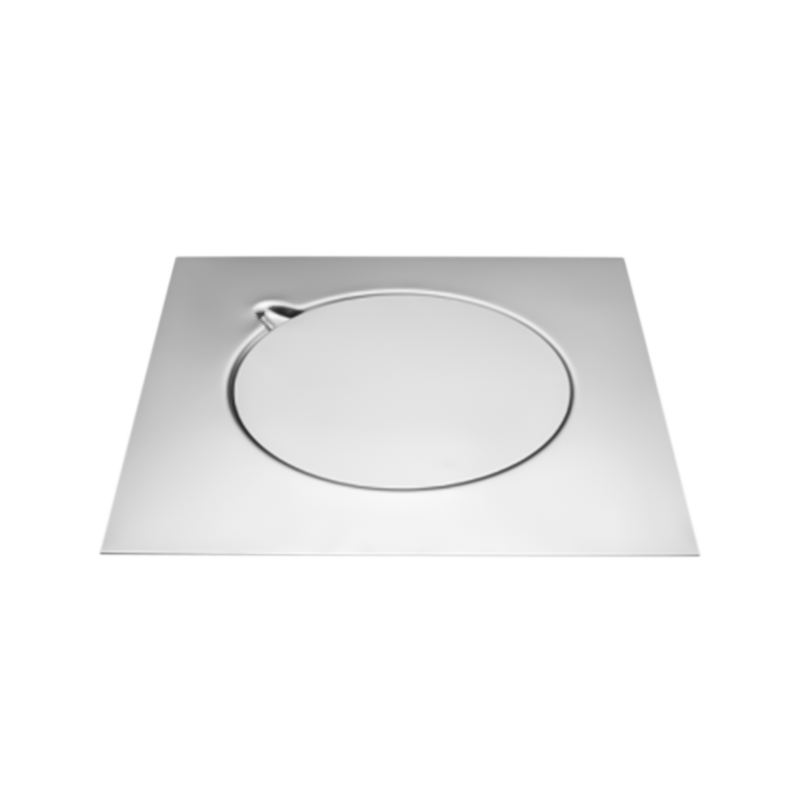
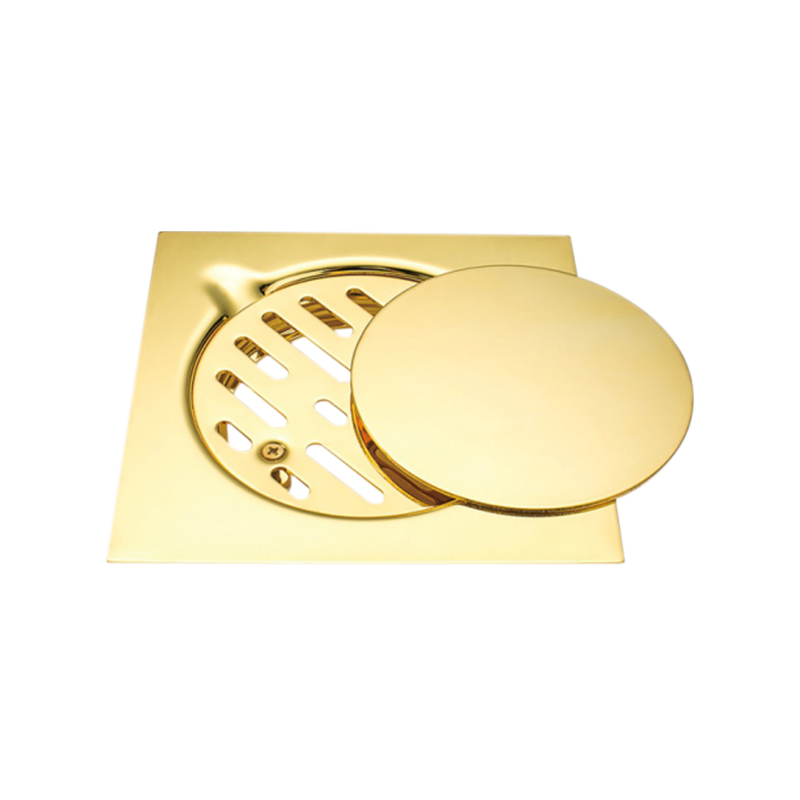
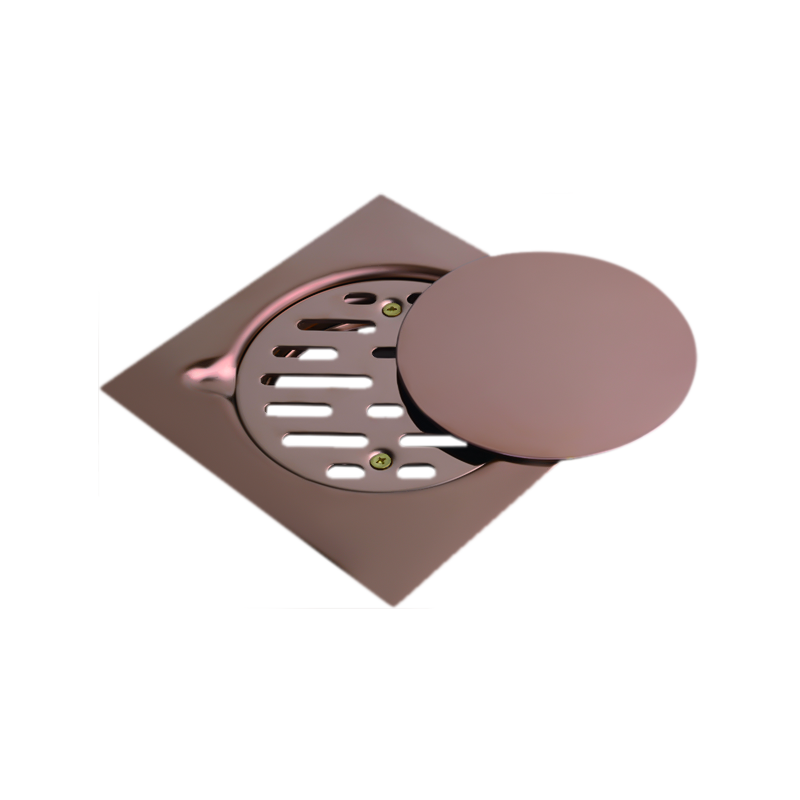
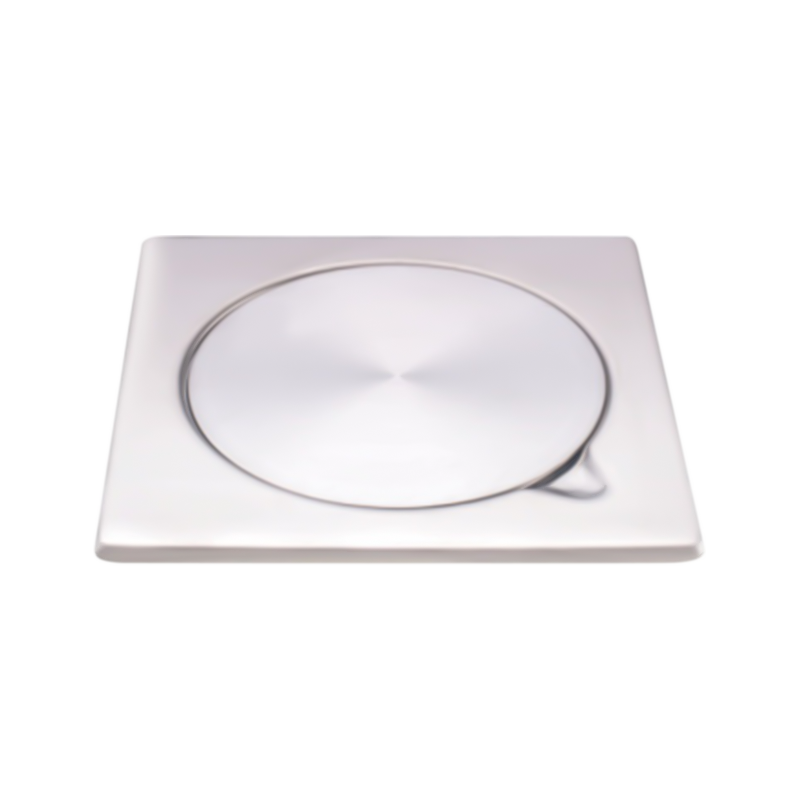
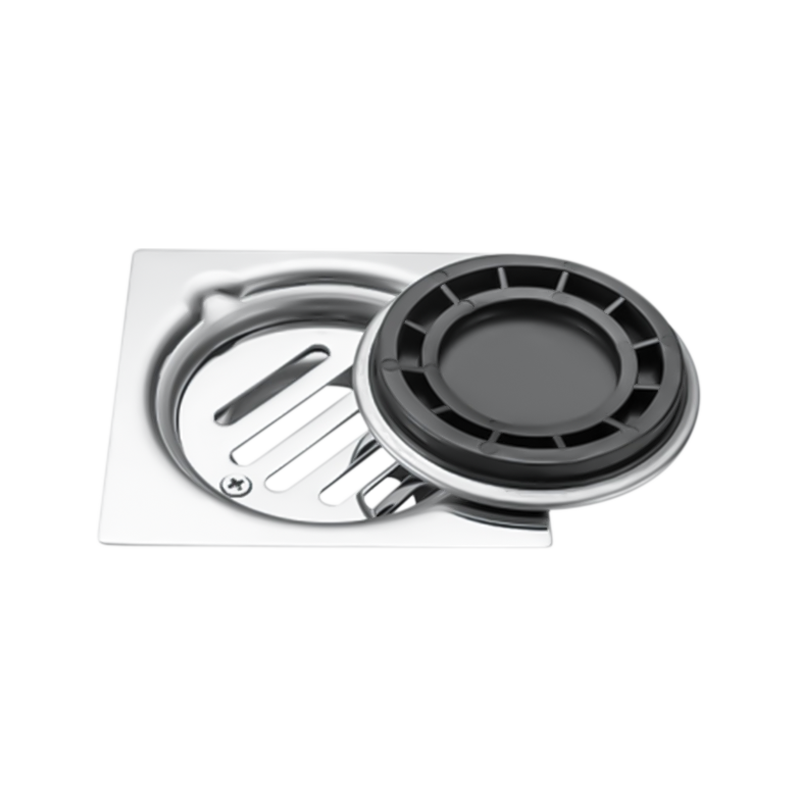

 Add: No 3 District Xiaowufen Industrial Zone, Pengjie Town, Luqiao District, Taizhou City, Zhejiang Province, China.
Add: No 3 District Xiaowufen Industrial Zone, Pengjie Town, Luqiao District, Taizhou City, Zhejiang Province, China. Tel: +86-576-89203599
Tel: +86-576-89203599 Fax: +86-576-89203598
Fax: +86-576-89203598 Email:
Email: 